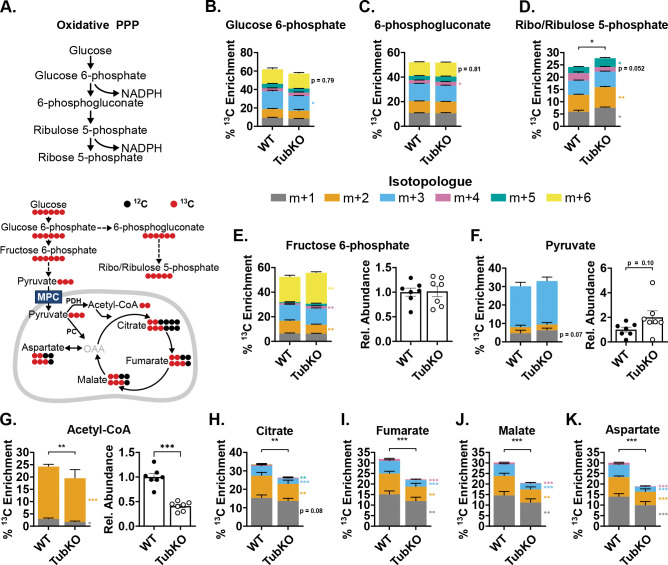FIGURE 5. 13C-glucose tracing shows increased distal PPP activity in MPC TubKO mice.
(A) Schematics illustrating pentose phosphate pathway (PPP) (top) and 13C-enrichment patterns into glycolysis, the PPP, and the TCA cycle from 13C-glucose (bottom). MPC, mitochondrial pyruvate carrier; PDH, pyruvate dehydrogenase; PC, pyruvate carboxylase; OAA, oxaloacetate.
(B-D) Stacked bar graphs showing kidney 13C-isotopologue enrichments into PPP metabolites 30 minutes after 13C-glucose bolus injection in WT and MPC TubKO mice. Glucose 6-phosphate (B), 6-phosphogluconate (C), and ribo/ribulose 5-phosphate (D). (n = 7/group, 7 – 8-week-old mice, * p < 0.05 and ** p < 0.01 by unpaired t test).
(E-G) Stacked bar graphs showing kidney 13C-isotopologue enrichments and bar graphs comparing relative abundances of metabolites 30 minutes after 13C-glucose bolus injection in WT and MPC TubKO mice. Fructose 6-phosphate (E), pyruvate (F), and acetyl-CoA (G). (n = 7/group, 7 – 8-week-old mice, * p < 0.05 and ** p < 0.01 by unpaired t test).
(H-K) Stacked bar graphs showing kidney 13C-isotopologue enrichments into TCA cycle metabolites 30 minutes after 13C-glucose bolus injection in WT and MPC TubKO mice. Citrate (H), Fumarate (I), Malate (J), and Aspartate as a surrogate measure of oxaloacetate (K). (n = 7/group, 7 – 8-week-old mice, * p < 0.05 and ** p < 0.01 by unpaired t test).
Data are presented as means ± SEM.

